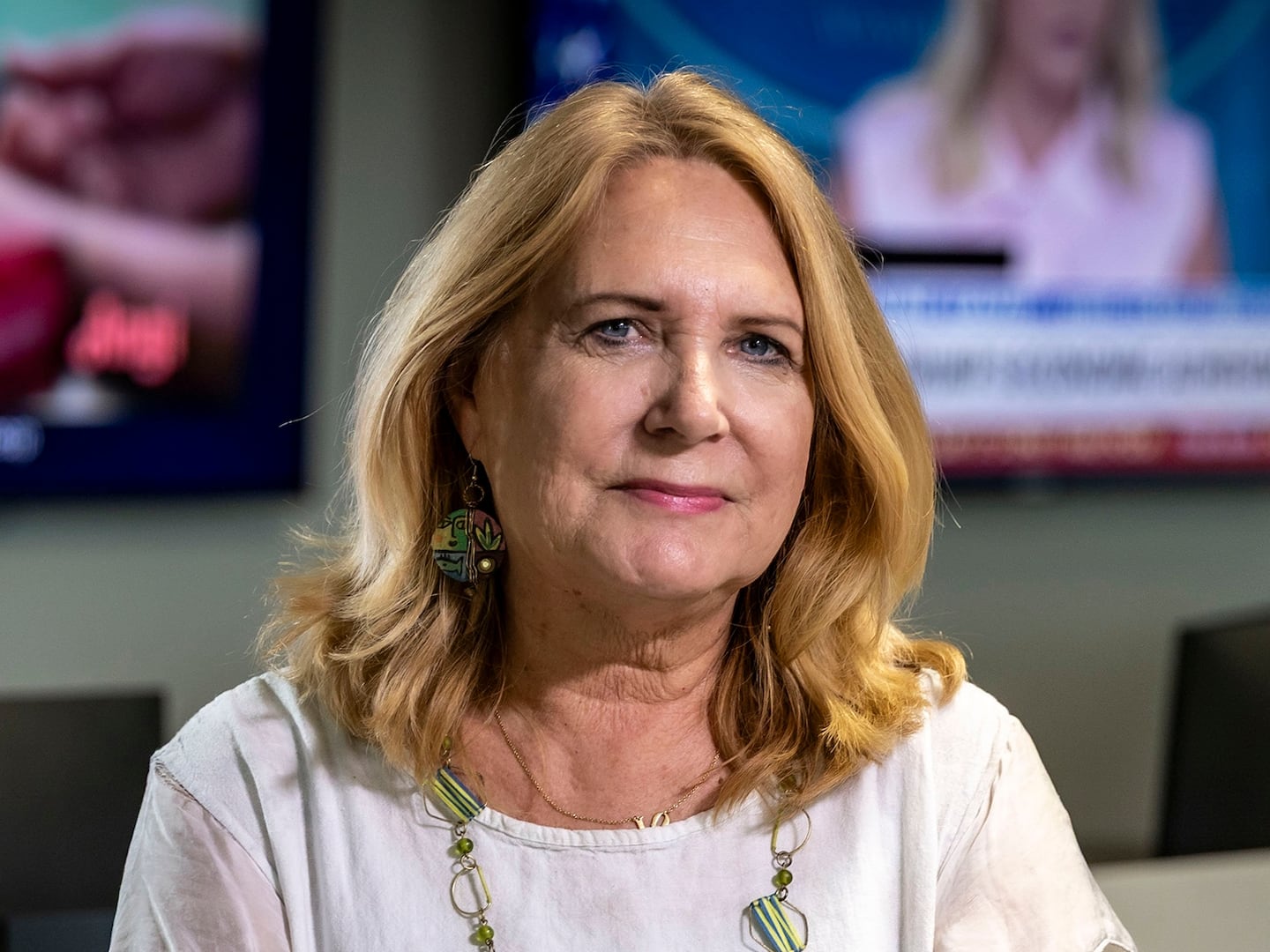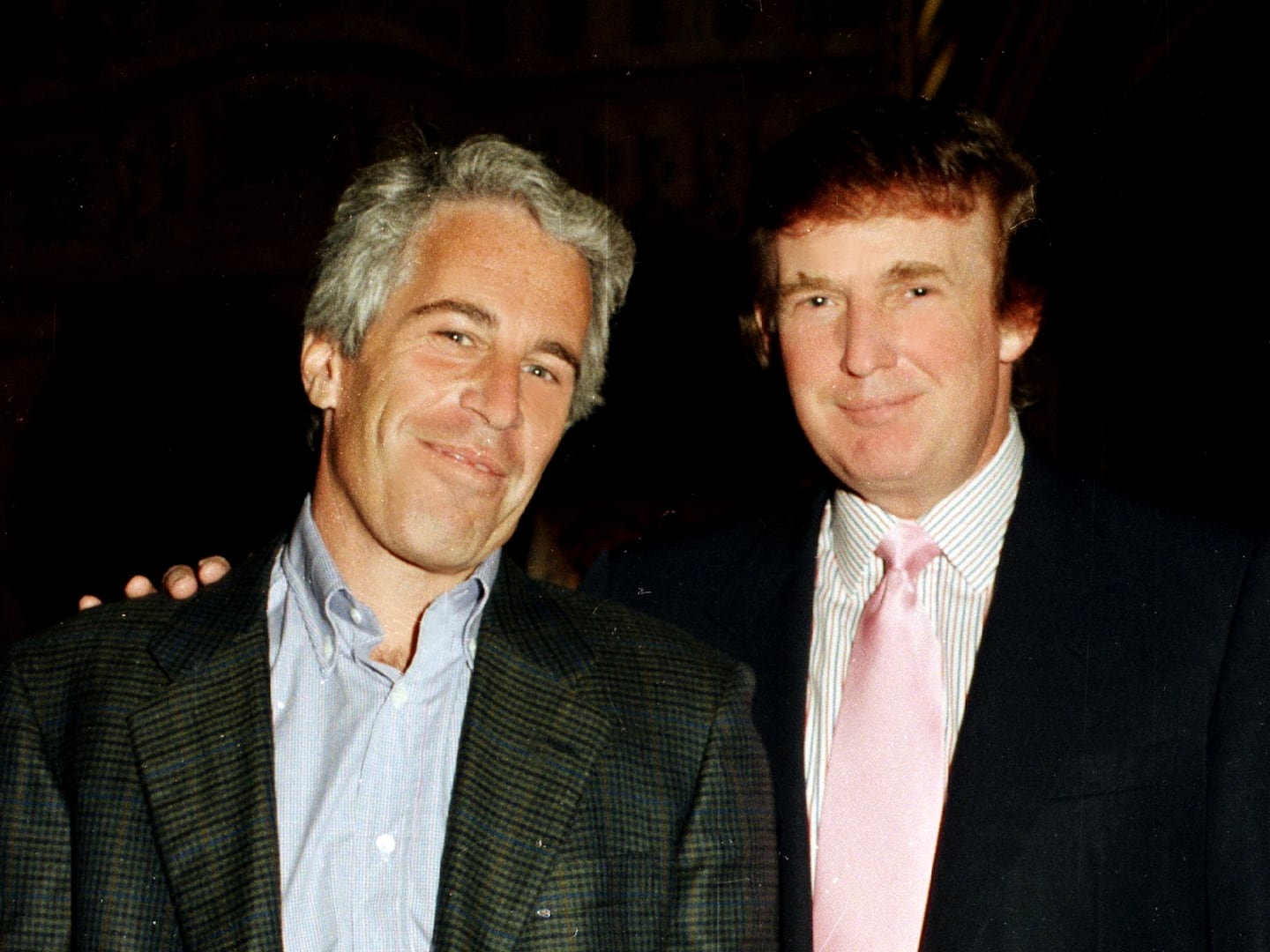The shocking murder of Yale doctoral student Annie Le had virtually every parent of a college student asking themselves the same question this week: Will my child be safe on campus?
Click Below to View School-by-School Rankings

Almost universally, that answer is yes. Statistics for campus crime—80 percent of which involve students both as perpetrator and victim—generally pale when compared to the general population, and university safety has been improving as parental pressure and federal laws have increased transparency.
But how do America’s colleges stack up against each other, safety-wise? Specifically, which schools have the worst crime records? For that determination, The Daily Beast decided to look at the numbers. Specifically, for the past two decades, most colleges and universities nationwide have been required under the federal Clery Act—named for a Lehigh freshman raped and murdered in her dorm in 1986 before her parents discovered there’d been a slew of violent incidents at the university—to report annually to the U.S. Department of Education about crimes on and near campus, including murder, assault, sexual offenses and robberies.
The Daily Beast took the two most recent years of raw data from almost 9,000 schools and then further analyzed more than 4,000 (excluding two-year colleges, standalone graduate schools, etc.) over more than 50 different criteria, weighing different crimes against each other (murder carrying far more importance than, say, burglary), and factoring in incidents both on campus and nearby (since modern colleges, as everyone acknowledges, don’t stop strictly at the gates of the ivory towers). Local FBI data was also used to make the statistics as up-to-date as possible. (See full methodology below.) Schools were also judged on a students-per-capita basis so that large universities like Michigan State weren’t penalized when compared with small colleges like Amherst.
• Plus: The 25 Safest CollegesThe results included both surprises (hallowed institutions like Harvard and MIT made appearances, as did the aforementioned Yale) and the expected (many urban schools fared poorly). Topping the list was a Boston arts-focused school, Emerson, that has almost no on-campus crime, but a lot of troubles at its doorstep. Chicago’s Saint Xavier, The University of Maryland at Baltimore, Tufts, and MIT round out the top (or this case, bottom) five. (Virginia Tech, the site of a murder spree that claimed 32 lives and wounded numerous others, did not appear on the list because it is based on calculations of campus safety based on a per student rate averaged over two years; despite the murders, Virginia Tech, with 30,000 students, had very little other crime, and therefore narrowly missed inclusion in the top 25).
To be fair, even the numbers reported to the Department of Education are frequently criticized as imperfect and, indeed, schools are regularly fined for non-compliance. Surely, some schools gaming the system escaped deserved inclusion on this list, replaced by others that were steadfastly honest. Congress this fall is expected to strengthen Clery’s safety regulations. And colleges themselves also note that inclusion on our list often reflects more their location than their safety precautions. Additionally, in determining our methodology, we made numerous fair-minded but necessarily subjective decisions. We intend to constantly refine our methodology, and welcome feedback.
METHODOLOGY:
Our methodology is obviously important, and we want to be as transparent as the most forthright colleges were in reporting statistics to the federal government. First, we took two years of the most recent data (to smooth out any one-year aberrations) provided by each college to the U.S. Department of Education. We included criminal incidents in on campus, including residence halls, and off campus, including sidewalks, parks and transit stops, corresponding with a broader map of campus reach filed by each school. We then focused solely on reported crime statistics, rather than arrests (which measure the efficacy of the local police, rather than criminal incidents) and disciplinary procedures (largely drug and alcohol possession). For universities that have more than one campus in the same metropolitan area, stats for those campuses were combined.
Second, since not all crimes are alike, we more heavily weighted the most violent offenses. We considered burglary and motor vehicle theft the most pedestrian. Robbery, which differs from burglary in that it generally involves taking property off a person, was weighted three times as high as those two categories. Aggravated assault and arson, five times. Manslaughter, ten times. Murder, 20 times. The trickiest category was rape. Acquaintance rape is not broken out, and many schools that do the most to support and encourage victims to report the crime—and are thus in many ways the safest environments—also had the most incidents. We wound up giving it standard weighting, in an attempt to balance the crime’s severity without overpenalizing schools that report the most because they offer more support.
Third, because the most recent Department of Education data cuts off at the end of 2007, we adjusted each school’s number for the violent crime rate increase or decrease in the local area, as determined by the FBI, between then and the end of 2008, so that they would better reflect the current environment.
Finally, that raw score was then divided by the student body so that a student at smaller schools and giant universities could be compared apples-to-apples. (We did not rank any school with fewer than 4,000 students, undergraduate and graduates combined, because we felt that even a handful of incidents skew the results too below that number.) That’s how we developed the Daily Beast ranking.
Clark Merrefield was the chief researcher for this ranking.






